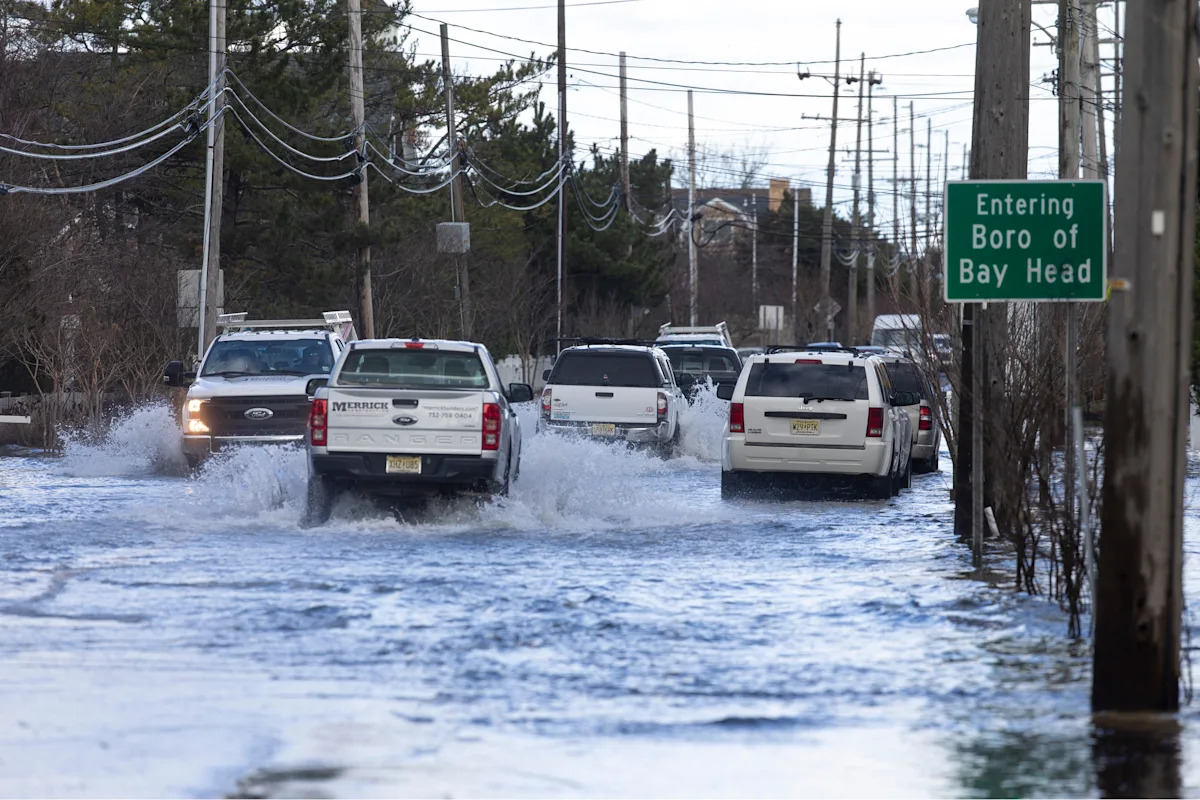Fall and winter are when most high tide flooding happens in the Mid-Atlantic region.
These coastal floods happen when tide levels rise, causing seawater to overflow inland. And this year, New Jersey is set to see a big jump in the number of coastal flooding days compared to last year, according to the National Oceanic and Atmospheric Administration (NOAA).
High tide flooding days in New Jersey are more likely to occur between October and February, according to NOAA.
How many coastal flooding days will the Jersey Shore get this season?
From fall through the end of winter, the Jersey Shore is expected to experience around a dozen high tide flooding days, according to NOAA’s predictive outlook.
The outlook forecasts 11 to 17 coastal flooding days between Atlantic City and Sandy Hook, and its surrounding areas. For Cape May, the forecast calls for 8 to 13 of these days.
Flooding high tides are also expected at Newark Bay, which is surrounded by Elizabeth, Bayonne, and Newark Airport. The outlook calls for 7 to 12 coastal flooding days in this region.
Communities close to the Hudson River might see between 11 and 17 coastal flooding days.
After a tidal flood, water typically recedes back into the ocean after a couple of days.
As sea levels continue to rise, coastal flooding days will become more common.
NOAA’s decadal projections estimate around 30 coastal flooding days in 2030, around 60 in 2040, and over 100 in 2050 for coastal areas in New Jersey.
What is sea level rise like in New Jersey?
New Jersey has a significant rate of sea level rise. While sea level is rising about 3 millimeters a year, the land in New Jersey is also subsiding, or sinking 3 millimeters a year as well.
Juan Carlos Castillo is a New Jersey-based trending reporter for the USA Today Network. Find him on Twitter at _JCCastillo.
This article originally appeared on Asbury Park Press: New Jersey to suffer more high tide flooding days this year

